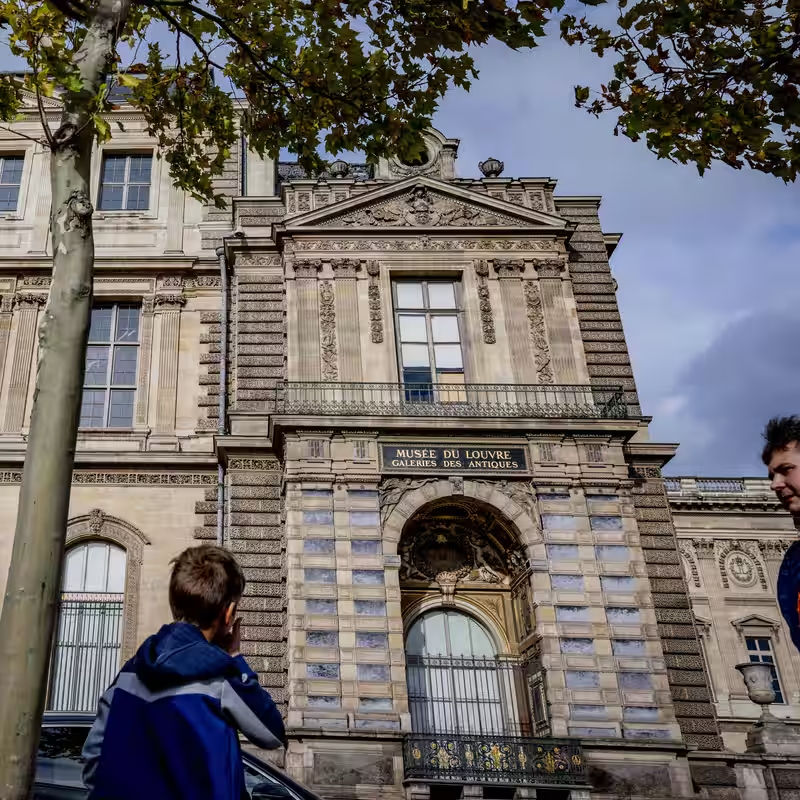The audacious break-in at the Louvre Museum has sent shockwaves through Paris—and the global art world. But while investigators scramble for leads, a surprising chorus of voices is weighing in with near-unanimous certainty: “It’s got to be an inside job.” And these aren’t just armchair theorists—they’re former high-end jewelry thieves with decades of experience pulling off—and preventing—crimes just like this .
Louvre Heist: What Happened?
In the early hours of October 24, 2025, thieves breached the Louvre’s famed security perimeter and made off with a collection of 18th-century royal jewels valued at over €50 million. The items, on temporary display from the French National Archives, included diamond-encrusted brooches, sapphire tiaras, and a historic emerald necklace once worn by Marie Antoinette.
Surprisingly, no alarms were triggered, and CCTV footage shows only blurred figures moving through restricted corridors—suggesting intimate knowledge of the museum’s blind spots and patrol schedules.
Why Experts Believe It’s an Inside Job
“You don’t walk into the Louvre like it’s a convenience store,” said Marco Duvall, a reformed jewel thief who once targeted Cartier and Van Cleef boutiques across Europe. “The timing, the route, the silence—it screams insider access.”
Duvall isn’t alone. In interviews with The New York Times, three former thieves—all now working as security consultants—pointed to telltale signs:
- Zero alarm activation: The Louvre’s motion and pressure sensors are state-of-the-art.
- Targeted theft: Only the most portable, high-value pieces were taken—no random grabbing.
- Entry via service elevator: A route rarely monitored but known only to staff.
The Louvre’s Security: Overconfident or Compromised?
The museum recently upgraded its surveillance system after a minor theft in 2023. Yet insiders say budget cuts led to reduced overnight staffing. “They invested in cameras but not in people,” said former Interpol art crime analyst Elena Moreau. “Cameras don’t stop thieves—they just record them.”
French authorities have launched an internal audit, interviewing over 200 employees with access to the exhibit wing. So far, no arrests have been made.
Historical Context: Famous Museum Heists
| Year | Museum | Stolen Items | Inside Help Suspected? |
|---|---|---|---|
| 1990 | Isabella Stewart Gardner Museum | 13 artworks (incl. Vermeer) | Yes – guards impersonated |
| 2003 | Van Gogh Museum | 2 Van Gogh paintings | No – brute force entry |
| 2010 | Musée d’Art Moderne, Paris | Picasso, Matisse works | No – window smash |
| 2025 | Louvre | Royal jewels | Strongly suspected |
What Happens to Stolen Jewels?
Unlike paintings, high-end jewels are often dismantled within days. “Diamonds get recut, settings melted,” explained ex-thief and now security advisor Jean-Luc Moreau. “Within a week, they’re untraceable.”
But some believe the thieves may be holding the pieces for ransom or private collectors—especially given their historical significance.
Public and Political Fallout
The heist has ignited a political firestorm in France. Opposition leaders are demanding resignations at the Ministry of Culture, while tourism officials worry about the Louvre’s image. “This isn’t just a theft—it’s an attack on French heritage,” said Paris Mayor Anne Hidalgo.
Meanwhile, museumgoers continue to line up outside the Louvre, many unaware that a piece of history is already gone.




